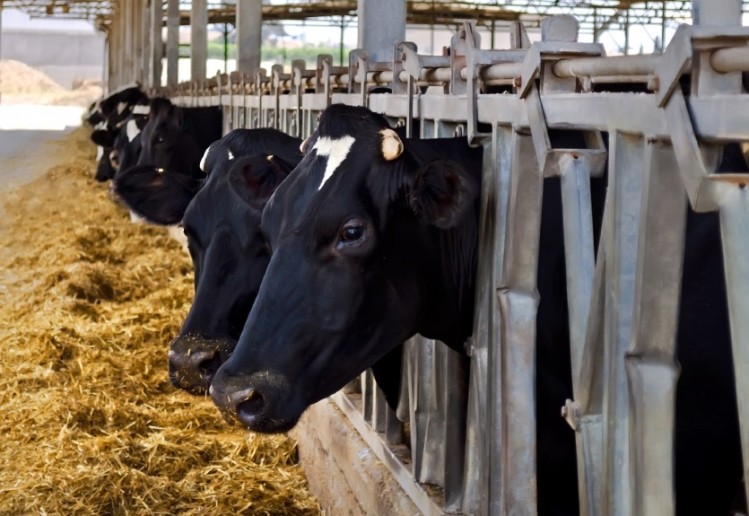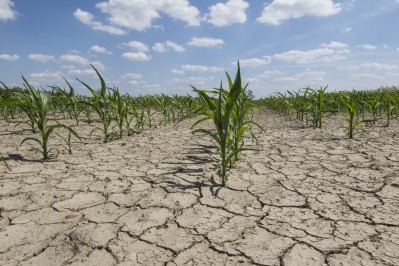Special Edition: Feed Industry Consolidation Review
Integration, technology leading trends for amalgamation in US feed, agriculture sectors

The movement toward larger animal facilities introduces economies of scale to production and can result in lowered feed costs, improved feed efficiency and the ability to invest in additional technology, said Jim MacDonald, chief of the Structure, Technology and Productivity branch of the Economic Research Service (ERS) at the US Department of Agriculture (USDA).
“Changes have been radical in some livestock industries,” he told FeedNavigator.
The tendency for larger farms also means it is increasingly difficult to be a medium size producer.
“I think the middle will keep shrinking,” he said. “There are hints on how to survive in the middle with niche production, but all the cost information and the technology points to a continual gradual shift.”
A drift toward a smaller number of larger feed companies means that producers face increasing exposure to players with increasing market power, said MacDonald.
“With a very large number of narrowly defined product lines, it’s hard to say, like with the Dow and Dupont merger, what would happen to prices for farmers,” he said. “If there used to be five sellers [and it drops to four] you don’t worry so much, but if there were three and now it’s two, you worry a good bit more.”
Production concentration
In animal production, the trend has been a movement toward larger facilities, said MacDonald, and that change is expected to stay.
“In dairy there’s been rapid consolidation in the last 25 years and that is likely to continue,” he said. “In hogs, there has been a radical change [since] the 1990s, and it has made sense to get bigger.”
Larger dairies are better able to invest in more efficient milking parlors and improvements in feed distribution and storage, said MacDonald. “A good dairy farm has 3,000 milking cows and some farms multiplied beyond that by having two or three facilities, but I don’t think they gain a lot from that,” he added.
However, much of the consolidation has likely been completed at this point, he said. “I don’t see incentives for a farm currently feeding 12,000 pigs to get bigger; I don’t think it gets a cost benefit from that,” he said.
The change that pushed for fewer, larger farms was a move toward specialization in one stage of pig development, he said.
“Big and midsize firms are contracting,” said MacDonald. “They own the sow facility and they contract with a set of farms to raise the pigs for them."
Pig genetics and housing also have been improved, he said.
“Typically the large scale operations have realized improvement in feed efficiency,” he said. “There’s a cost advantage – they have lower feed costs per pound of weight gain and have higher feed efficiency.”
The changes that came to poultry have included contract arrangements similar to what was seen in swine production, said MacDonald. Advances also have been made in the design and maintenance of temperature and hygiene in poultry housing.
Cattle production saw the move toward consolidation of facilities in the 1980s and is mostly done at this point, he said.
Feed crop production
The technology available to help produce feed crops like corn and soybeans means it is easier for a family-run operation to add additional land, said MacDonald. The majority of crop farms are still family run in the US.
“Most of the equipment you use is much larger and faster, so they cover more rows and a bigger field in an hour or a day than they could have done,” he said. Innovations in areas like improved seeds also have helped farms expand, he added.
Similarly, there are challenges to being a mid-range crop producer, he said. A medium size farm at this point has about 500-800 acres in production.
However, the large feed crop farms are tending to stop expansion at about 25,000 acres, said MacDonald. “That sort of suggests that given the technology we have now, and it’s basically family operations, it looks like 25,000 acres will start to set an upper limit,” he added.
There likely would need to be improvements in data and information technology before farms see additional expansion, he said.
“One of the reasons why families have been more successful at running farms than corporations is there is a lot of advantage to having local knowledge and having a small number of decision makers who can react quickly – that’s the advantage of a family business,” he said.







